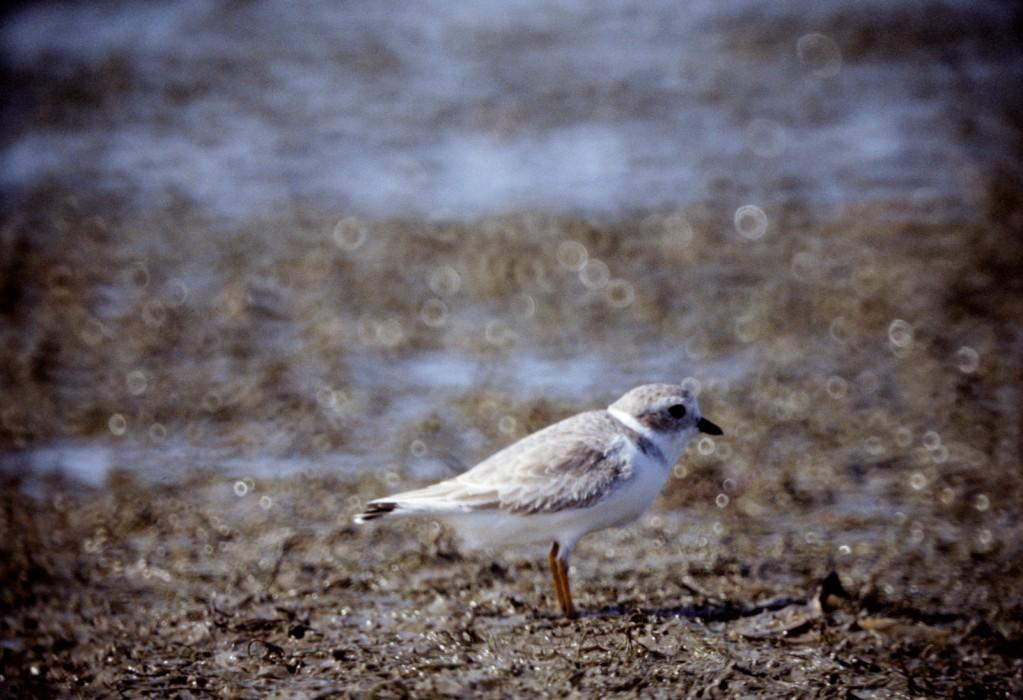Saving Black-footed Ferrets With Advanced Technology
Once believed extinct, the black-footed ferret is one of North America's most endangered mammals, with fewer than 300 individuals living in the wild today. Thanks to reintroduction efforts, small populations now exist across parts of western North America.
However, their survival depends on one key species: prairie dogs.
Ferrets rely on prairie dogs not only for food, but also for shelter: these animals use prairie dog burrows to hide from predators and raise young. Burrow systems also support other species like swift foxes, burrowing owls, mountain plovers, and even bison, making them essential to grassland ecosystems.
Tracking wildlife underground
Traditional tracking methods are not always reliable when it comes to animals that live mostly underground. That’s why the Great Plains Science Program is leveraging advanced tracking systems to better monitor both prairie dogs and black-footed ferrets.
We use lightweight, high-frequency tracking technologies for aboveground monitoring, and pair them with motion-sensing tools that capture changes in acceleration, orientation, and magnetism underground. This hybrid system lets us map movement patterns with unprecedented precision.
Understanding burrow ecology
Our research focuses on how prairie dogs and ferrets use their shared underground networks—revealing insights into predator-prey interactions, disease dynamics, and habitat needs. This work is conducted in collaboration with Swansea University, American Prairie, Fort Belknap Fish and Wildlife, U.S. Fish and Wildlife Service, and other state, federal, and NGO partners.
By understanding how these species interact with their environment, we can design better recovery strategies that support long-term population health.
Using AI and drones for rapid habitat assessment
To enhance habitat monitoring, we’re combining drone imagery with artificial intelligence. Our aim is to develop a new tool that would allow us to rapidly assess large prairie dog colonies—key indicators of potential ferret habitat.
We are also exploring methods that would allow drone-collected aerial imagery of a prairie dog colony to be evaluated by artificial intelligence models. This would enable ecologists to quickly and accurately identify trends, and prioritize conservation actions to ensure key habitat areas remain stable
On-the-ground recovery efforts
In parallel with high-tech tools, we’re actively engaged in habitat management and recovery efforts across Montana. Working with partners, we:
- Establish new reintroduction sites
- Conduct habitat suitability studies
- Develop management plans
- Apply disease mitigation techniques
- Monitor existing black-footed ferret populations
Together, these efforts are helping secure a future for one of North America’s most iconic and endangered grassland species.












